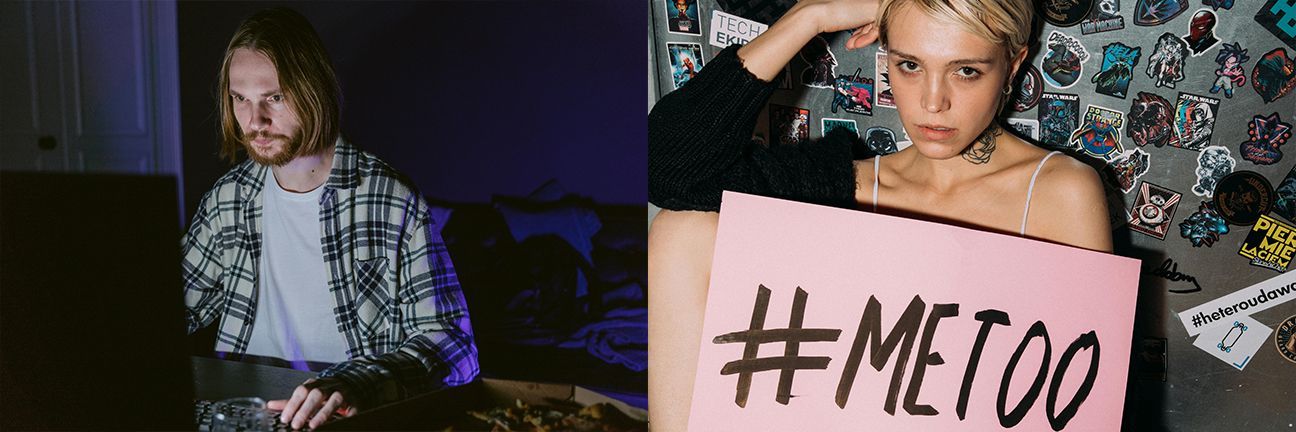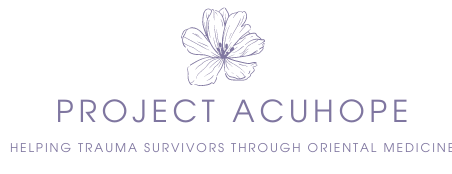By Krisztina
•
September 14, 2025
In the past two decades, two seemingly opposing forces have risen to cultural prominence: the explosion of online pornography and the #metoo movement. On the surface, these forces appear to be locked in battle—one normalizing and monetizing sexual objectification, the other demanding accountability for sexual misconduct. But what if both trends, far from being random, serve a common purpose engineered from above? What if the duality itself is a tool—guiding society into accepting a tighter, technology-driven control grid? The Ubiquity of Pornography Online pornography has become one of the most consumed categories of digital content in the world. Andrea Dworkin, one of the most uncompromising feminist voices of the late 20th century, once wrote: “Pornography is the orchestrated destruction of women’s bodies and souls; rape, battery, incest, and prostitution animate it; dehumanization and sadism characterize it; it is war on women, serial assaults on dignity, identity, and human worth; it is tyranny.” — Pornography: Men Possessing Women (1981) For young men, this flood of imagery doesn’t just titillate—it educates. With porn so freely available, the likelihood that boys and young men receive a distorted “instruction” in sexuality is far higher than in any prior generation. Pornography scripts desire and behavior before real-life experience can take shape. In the absence of such artificial conditioning, human sexuality would likely evolve in a more natural, mutual, and far less harmful way. In much of the Middle East, pornography is officially banned—countries like Saudi Arabia, Iran, the UAE, and Qatar use nationwide filters and harsh penalties to suppress access. Yet despite these prohibitions, studies of global search data consistently show that demand from these regions is higher than average, with users circumventing blocks through VPNs and proxies. Because mainstream pornography disproportionately showcases white, Western women as the default performers, this illicit consumption can distort perceptions of Western society itself—painting Western women as hypersexual, promiscuous, and morally degraded. Such portrayals don’t just damage the dignity of women in the West; they also feed cultural resentments abroad, deepening divisions and fueling a dangerous narrative of civilizational contrast. The sheer availability of pornography is not accidental. The same alphabet agencies that can instantly suppress political speech, block “misinformation,” or throttle grassroots organizing online have consistently chosen not to block pornographic content. If they wished, they could apply the same infrastructure of censorship to pornography. They have the tools. They have done it elsewhere. When They Do Censor Examples abound of swift and decisive content suppression: WikiLeaks : Military leaks such as the “Collateral Murder” video were scrubbed or blocked within hours under pressure from U.S. agencies. COVID-19 dissent : Alternative views on origins, treatments, and policies were flagged and removed from platforms worldwide, often algorithmically. Nepal 2024 : During political protests, the government simply shut down Facebook, X, and YouTube, cutting off communication overnight. The capacity to restrict what circulates online is proven. Which raises a sobering question: why does pornography remain untouched? The Duality of #metoo At the same time, the #metoo movement has surged, shining a light on sexual harassment, abuse, and systemic exploitation. Its message is real, urgent, and overdue. Yet society is told that abuse is intolerable, while at the same time, the very media that eroticizes abuse is omnipresent and algorithmically amplified. This paradox isn’t accidental—it’s dialectical. By fueling both sides of the contradiction, the system manufactures conflict that can only be “resolved” through new controls: more surveillance, more compliance, more dependence on technological arbitration. Manufacturing Consent This is how manufactured dualities work. The pornography industry expands unchecked, sowing dysfunction at the personal and societal level. The #metoo movement rises as a corrective force, but instead of dismantling the root causes, it legitimizes stronger corporate and state control over digital life. As such, consent to surveillance is not demanded—it is manufactured. What Can Be Done? If we accept that both pornography and censorship are being used as tools of social engineering, then resisting begins with awareness. On a personal level, parents and communities can educate youth about sexuality in healthier, more grounded ways that counteract porn’s distortions. Individuals can reduce their own consumption of degrading media, support alternative platforms that resist surveillance-driven models, and prioritize face-to-face relationships over screen-mediated ones. On a broader level, calling out the double standards of censorship—where dissent is punished but pornography is promoted—helps expose the agenda at work. The first step to breaking the cycle of manufactured consent is refusing to outsource our morality, our intimacy, and our freedom to the systems that profit from their distortion. A Final Word This isn’t just about pornography or censorship—it’s about freedom of mind and spirit. If this article sparks reflection, share it, talk about it, and resist quietly consenting to systems that thrive on your silence. Change begins when even one person refuses to play along. Images: Tima Miroshnichenko at Pexels.com Viktoria Slowikowska at Pexels.com











